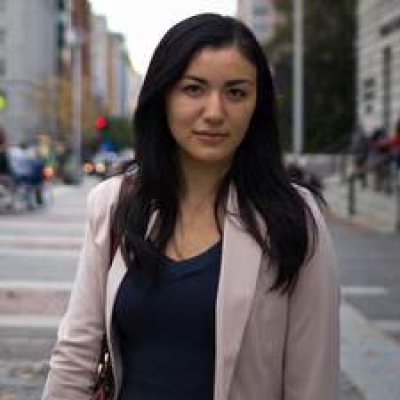 This Center for American Progress report spotlights “often-overlooked features of school funding systems” that aggravate inequities in per-pupil spending, leaving students in wealthier districts with more edu-dollars than those in needier locales. In Part I of the report, Rutgers professor Bruce Baker offers a succinct primer on state aid formulas, and then details how the formulas of six states (Illinois, Missouri, North Carolina, New York, Pennsylvania, and Texas) have created especially "regressive" funding patterns. (In New York, for example, 0 percent poverty districts receive about $2,000 more per pupil than those with a 30 percent poverty rate.) In Part II, NYU’s Sean Corcoran highlights how local-revenue structures—mainly property taxes—worsen such inequities. (Federal Title I dollars, the authors argue, do little to offset the progressive or regressive nature of states’ school-finance systems.) The report helpfully unpacks an important and complicated issue, but its recommendations for change are disappointing. Baker and Corcoran acknowledge that ensuring funding equity must be done at the state level, but they offer few concrete steps for their case-study states to reach this aim. States searching for such a step would be wise to read up on weighted-student funding.
This Center for American Progress report spotlights “often-overlooked features of school funding systems” that aggravate inequities in per-pupil spending, leaving students in wealthier districts with more edu-dollars than those in needier locales. In Part I of the report, Rutgers professor Bruce Baker offers a succinct primer on state aid formulas, and then details how the formulas of six states (Illinois, Missouri, North Carolina, New York, Pennsylvania, and Texas) have created especially "regressive" funding patterns. (In New York, for example, 0 percent poverty districts receive about $2,000 more per pupil than those with a 30 percent poverty rate.) In Part II, NYU’s Sean Corcoran highlights how local-revenue structures—mainly property taxes—worsen such inequities. (Federal Title I dollars, the authors argue, do little to offset the progressive or regressive nature of states’ school-finance systems.) The report helpfully unpacks an important and complicated issue, but its recommendations for change are disappointing. Baker and Corcoran acknowledge that ensuring funding equity must be done at the state level, but they offer few concrete steps for their case-study states to reach this aim. States searching for such a step would be wise to read up on weighted-student funding.
SOURCE: Bruce D. Baker and Sean P. Corcoran, The Stealth Inequities of School Funding: How State and Local Finance Systems Perpetuate Inequitable Student Spending (Washington, D.C.: Center for American Progress, September 2012).
